Missing Person Photos
A missing person is a person who has disappeared and whose status as alive or dead cannot be confirmed as their location and condition are unknown. A person may go missing through a voluntary disappearance, or else due to an accident, crime, death in a location where they cannot be found (such as at sea), or many other reasons. In most parts of the world, a missing person will usually be found quickly. While criminal abductions are some of the most widely reported missing person cases, these account for only 2 to 5 percent of missing children in Europe.
By contrast, some missing person cases remain unresolved for many years. Laws related to these cases are often complex since, in many jurisdictions, relatives and third parties may not deal with a person's assets until their death is considered proven by law and a formal death certificate issued. The situation, uncertainties, and lack of closure or a funeral resulting when a person goes missing may be extremely painful with long-lasting effects on family and friends.
A number of organizations seek to connect, share best practices, and disseminate information and images of missing children to improve the effectiveness of missing children investigations, including the International Commission on Missing Persons, the International Centre for Missing & Exploited Children (ICMEC), as well as national organizations, including the National Center for Missing & Exploited Children in the US, Missing People in the UK, Child Focus in Belgium, and The Smile of the Child in Greece.

Resources for Missing Persons
According to current statistics, 4,000 people in the United States go missing every day.
Sometimes a child suddenly vanishes from the bus stop or the local park or even from their own yard or bedroom. Or a teenager doesn�t return home after a walk to the neighborhood grocery store or a bike ride or a party with friends.
Other times, an adult is mysteriously absent from their job or neighbors haven�t seen them for several days, and family and friends haven�t heard from them either.
Missing Person Photos
Jhessye Jash’ua Shockley
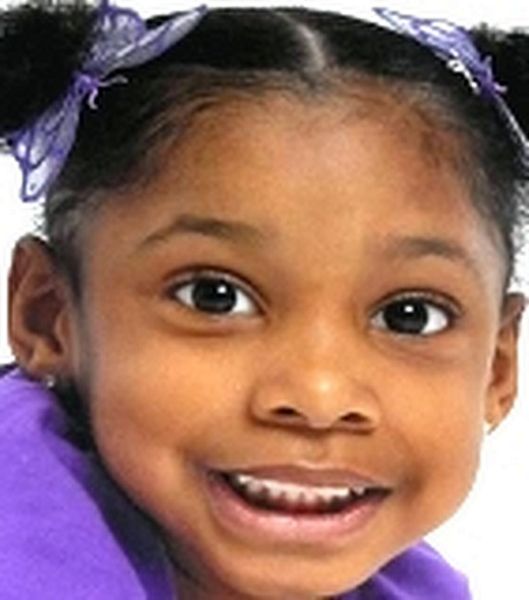
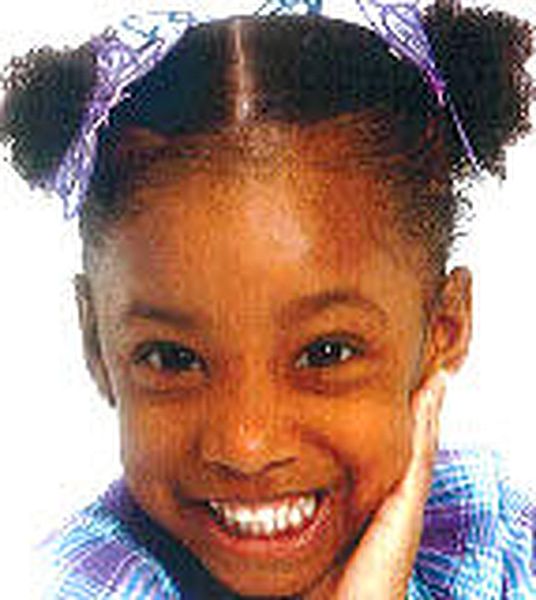
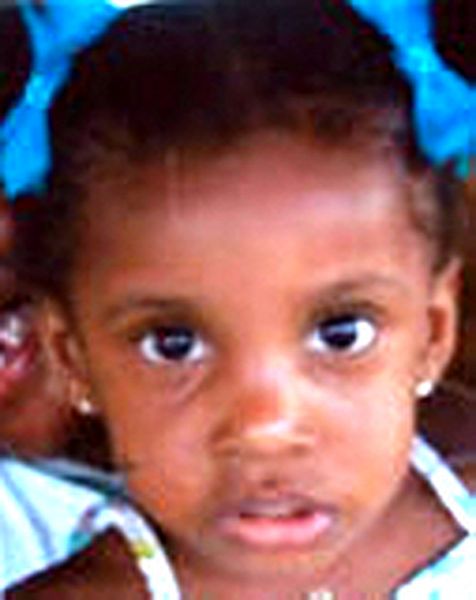
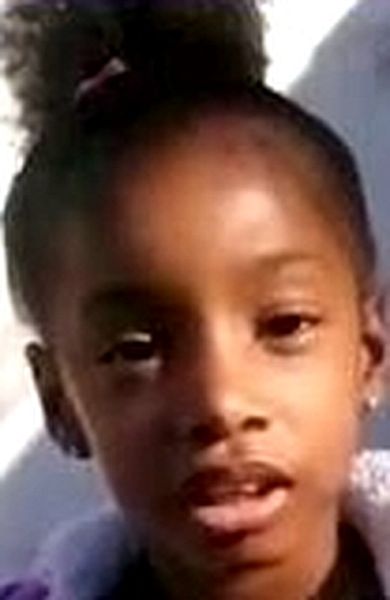


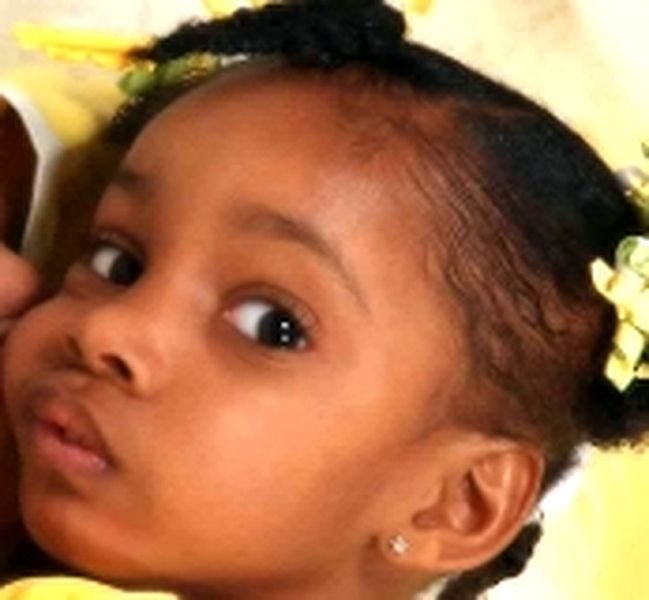
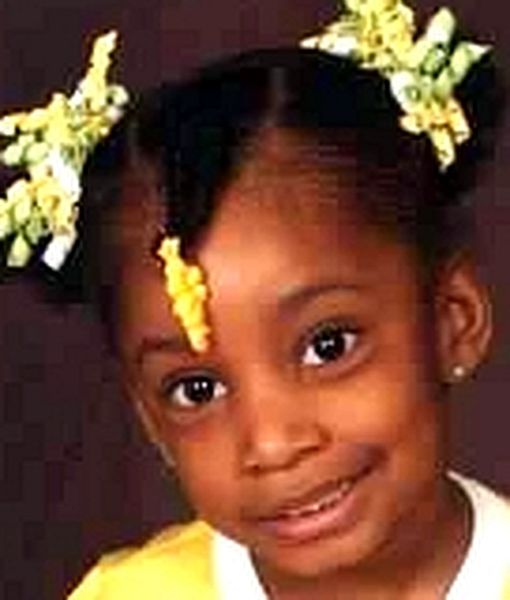
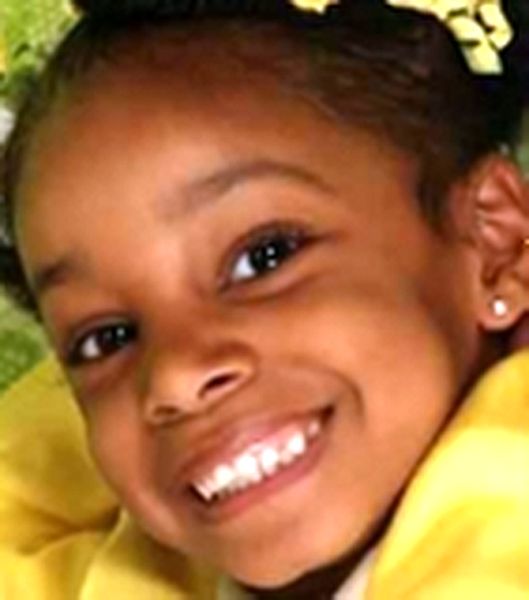
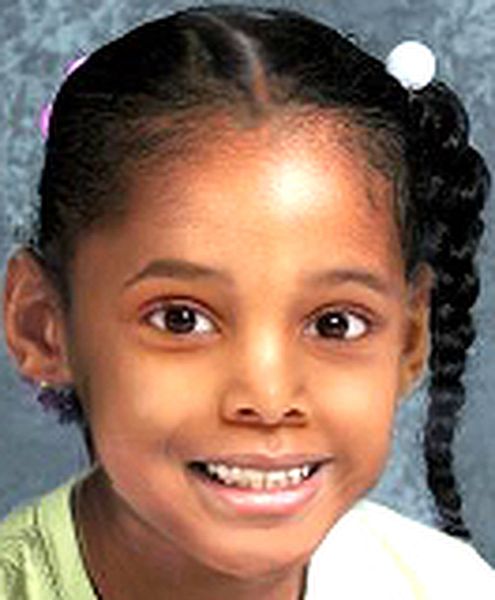

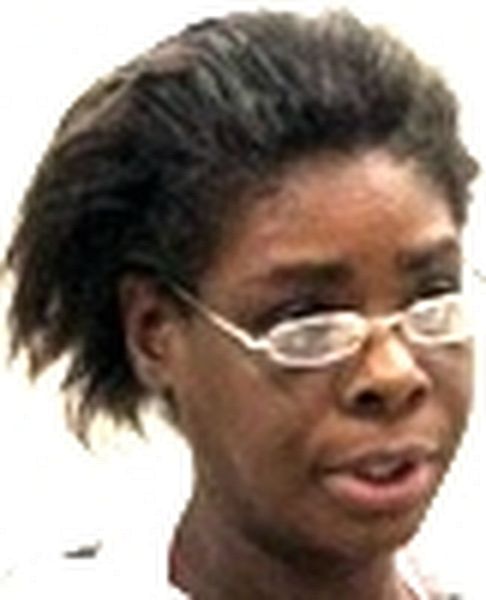
Jhessye, date, approximate 2011; Age-progression to age 7 (date, approximate 2013); George Shockley in 2005; Jerice Hunter in 2011
Date Missing 10/11/2011
Missing From
Glendale, Arizona
Missing Classification Endangered Missing
Sex Female
Race
Black
Date of Birth 04/01/2006 (16)
Age 5 years old
Height and Weight 3'5, 55 pounds
Clothing/Jewelry Description A plain white t-shirt, blue denim shorts and pink flip-flop sandals.
Associated Vehicle(s) Black four-door 1998 to 2000 Chevrolet
Markings and/or Distinguishing Characteristics African-American female. Black hair, brown eyes. Jhessye's name may be spelled "Jahessye." It is pronounced "Jess-ee."
Details of Disappearance Jhessye's mother, Jerice Yaton Hunter, reported her missing from their Glendale, Arizona home on October 11, 2011. She stated the child home with her three older siblings, aged six, nine and thirteen, when she wandered away at approximately 5:00 p.m. and left out the front door of the family's apartment near Glendale and 43rd Avenues.
Hunter said had gone to cash a check and when she came home, the front door open, Jhessye was gone and her siblings didn't know what had happened to her. She searched around the apartment complex and then called the police.
Around that same time Jhessye vanished, a 25- to 35-year-old African-American female was seen putting a young girl into a black four-door 1998 to 2000 Chevrolet Malibu at Glendale and 45th Avenue.
The child, who didn't resist, physically resembled Jhessye and authorities said they were looking to identify and interview the woman. She had black hair pulled back into a bun and weighed about 120 pounds. An extensive search of the area turned up no sign of Jahessye; she has never been heard from again.
Hunter had a history of child abuse in Vallejo, California, where she lived prior to moving to Arizona. In October 2005, Hunter was charged with five felonies: four counts of corporal injury to a child and one count of torture. She allegedly whipped her three- and seven-year-old children with an extension cord and a belt. She also punched her fourteen-year-old son during an argument, and he said she frequently beat him with sticks.
At the time the abuse charges were brought against her, Hunter was married to George Edward Shockley, a convicted sex offender who would become Jhessye's father. He participated in some of the beatings and faced charges of child abuse as well as failure to register as a sex offender. He is still in prison.
All of Hunter's children stated the abuse had been going on for years, and the judge presiding over the said she "never ever should have had children."
Photographs of Jhessye's parents are posted with this summary; they are now divorced. In 2006, Hunter pleaded no contest to the four counts of corporal injury to a child, and the torture charge was dropped as a result of the plea agreement. She was sentenced to eight years in prison, served four and was paroled in 2010.
Jhessye and her siblings were raised by her mother's relatives while Hunter was incarcerated, and Hunter got them back following her release. Many of her family members were supportive of her, stating she loved her children and had become a much better parent since her release from prison.
In the aftermath of Jhessye's disappearance, her older siblings were taken into protective custody by Child Protective Services (CPS) and placed in foster care. Hunter was eight months pregnant at the time, and CPS took custody of her baby after it was born later that month. She maintained her innocence in her daughter's disappearance and said she thought Jhessye had been abducted by a stranger, but she refused to cooperate with the investigation or take a lie detector test.
On November 21, six weeks after Jhessye went missing, Hunter was arrested for felony child abuse. Police said Jhessye was the victim and they believed she had been murdered.
The child's thirteen-year-old sister allegedly told investigators that Hunter had kept Jhessye in a closet starting several weeks prior to her reported disappearance, and hadn't fed her. Jhessye's sister would sneak her food and water, and noticed she had cuts and bruises and black eyes. The other children in the family also said they'd seen the bruises.
The last day Jhessye attended kindergarten was September 22, three weeks before her disappearance. After that, Hunter kept her home, claiming she had pinkeye and ringworm. Neither of these claims have been supported by a doctor.
Jhessye's siblings said that the closet started to smell "like dead people" and Hunter burned incense and spent a whole day cleaning the apartment a few days before she reported her daughter missing. Authorities confirmed that Hunter had purchased bleach on October 9, two days before Jhessye's disappearance was reported.
Jhessye's siblings' statements were what lead to Hunter's arrest. She was released without charge after a week, however; police said they did not want to create a double-jeopardy situation in homicide charges were filed against Hunter later on.
Authorities began searching the Butterfield Station Landfill for Jhessye's remains in December 2011, saying they had "substantive" evidence that her body was placed in a trash bin in Tempe, Arizona and taken from there to the landfill. The searches lasted for months, but turned up nothing.
In September 2012, Hunter was charged with murder and child abuse in Jhessye's . Although Hunter maintains her innocence, authorities believe Jhessye was not abducted and in fact was killed some days or weeks before her reported disappearance.
In March 2013, her extended family filed a $10 million lawsuit against the state of Arizona, the Glendale Police Department and CPS for Jhessye's wrongful death. They allege the state and CPS was grossly negligent when they returned Jhessye to her mother's custody, and that CPS and the police ignored their complaints that Hunter had been abusing the child prior to her disappearance.
At Hunter's trial in April 2015, her attorney argued that Jhessye wasn't dead and Hunter believes she's still alive. She was convicted of murder and child abuse and sentenced to life in prison without parole for murder plus 20 years for child abuse.
Jhessye's body has never been found.
Investigating Agency
Glendale Police Department
623-930-3000
Other
The National Center for Missing and Exploited Children
ABC 15
KTAR
ABC News
The New York Daily News
The Arizona Republic
CNN
Glendale Police Department
KTVK-3TV
Facebook Page for Jahessye Shockley
Fox News
KPHO
The Los Angeles Times
KTAR 92.3 FM
Missing Person Photos
A missing person is a person who has disappeared and whose status as alive or dead cannot be confirmed as their location and condition are unknown. A person may go missing through a voluntary disappearance, or else due to an accident, crime, death in a location where they cannot be found (such as at sea), or many other reasons. In most parts of the world, a missing person will usually be found quickly. While criminal abductions are some of the most widely reported missing person cases, these account for only 2 to 5 percent of missing children in Europe.
By contrast, some missing person cases remain unresolved for many years. Laws related to these cases are often complex since, in many jurisdictions, relatives and third parties may not deal with a person's assets until their death is considered proven by law and a formal death certificate issued. The situation, uncertainties, and lack of closure or a funeral resulting when a person goes missing may be extremely painful with long-lasting effects on family and friends.
A number of organizations seek to connect, share best practices, and disseminate information and images of missing children to improve the effectiveness of missing children investigations, including the International Commission on Missing Persons, the International Centre for Missing & Exploited Children (ICMEC), as well as national organizations, including the National Center for Missing & Exploited Children in the US, Missing People in the UK, Child Focus in Belgium, and The Smile of the Child in Greece.

Resources for Missing Persons
According to current statistics, 4,000 people in the United States go missing every day.
Sometimes a child suddenly vanishes from the bus stop or the local park or even from their own yard or bedroom. Or a teenager doesn�t return home after a walk to the neighborhood grocery store or a bike ride or a party with friends.
Other times, an adult is mysteriously absent from their job or neighbors haven�t seen them for several days, and family and friends haven�t heard from them either.
Missing Person Photos